
Print the PDF version (no pictures, better printing)
Prehistoric birds and Velociraptor-type dinosaurs share many skeletal features. Until recently one feature that clearly set birds apart from all other creatures was a body covering of feathers. Beginning in the 1990s, however, new fossils from China and Argentina clearly showed impressions of a feathery covering on the bodies of several species of small dinosaurs. Because only the most exquisitely preserved fossils will reveal impressions of feathers, some scientists now suspect that most small dinosaurs were covered with feathers but few of their fossils are detailed enough to show them: small feathered dinosaurs were not the exception, they were the norm!
Opponents of evolutionary theory frequently base their opposition on a presumed lack of intermediate forms or “missing links” in the fossil record, yet as this example illustrates, we now have so many intermediate forms between dinosaurs and birds that it’s exceedingly difficult to tell where to draw the line between them.
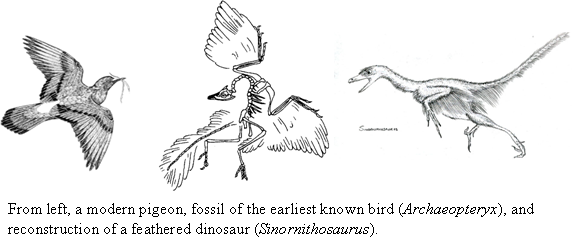 source
source 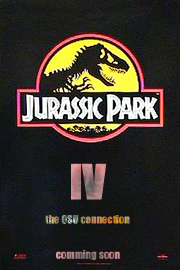
source
To combat toxins in the leaves of other plants, perhaps prehistoric stegosauruses produced and secreted enzyme (proteins) into their intestines that broke down the toxins during digestion

source
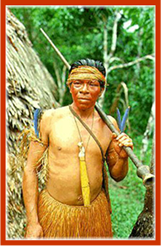
source
Many
South American Indian tribes produce a mixture of plant poisons called curare.
Curare is used as a poison on blowgun darts to kill animals and enemies. The
most active compound in the poison mixture is tubocurarine which is extracted
from two woody vines (lianas), Chondrodendron tomentosum and Curarea
toxifera.
Tubocurarine was used as a skeletal muscle relaxant during surgery, allowing
muscle relaxation without deep anesthesia. At present, the natural tubocurarine
is largely replaced by the synthetic compounds atracurium and vercuronium.
All these compounds act as competitive inhibitors of the neurotransmitter
acetylcholine in neuromuscular junctions by binding to acetylcholine receptors.
Paralysis
first occurs in the muscles of the face and neck, then those of the limbs,
spreading to abdominal and respiratory muscles and the diaphragm. Death
is caused by respiratory failure (no breathing).

source
 source
source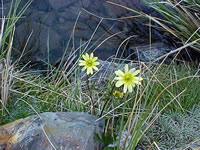 source
source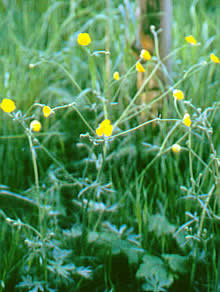 source
sourceMany more species of Alpine buttercups (Ranunculus spp.) are found on the two islands of New Zealand than in North and South America combined. Each of the fourteen New Zealand species, which probably all originated from a single species, is found in only one of five habitats: snowfields, snowline fringe, stony debris, sheltered situations, and boggy habitats. It appears that different species evolved over time as glaciers expanded and receded opening new niches and isolating populations of buttercups. One species, the Tall Buttercup (Ranunculus acris), first evolved resistance to certain herbicides in 1988 and now infests many pastures.
Buttercup leaves are green and contain several pigments that contribute energy to photosynthesis. Butter cup flowers are yellow.
 source
source
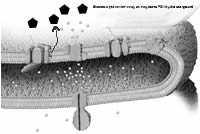
 source
source source
source